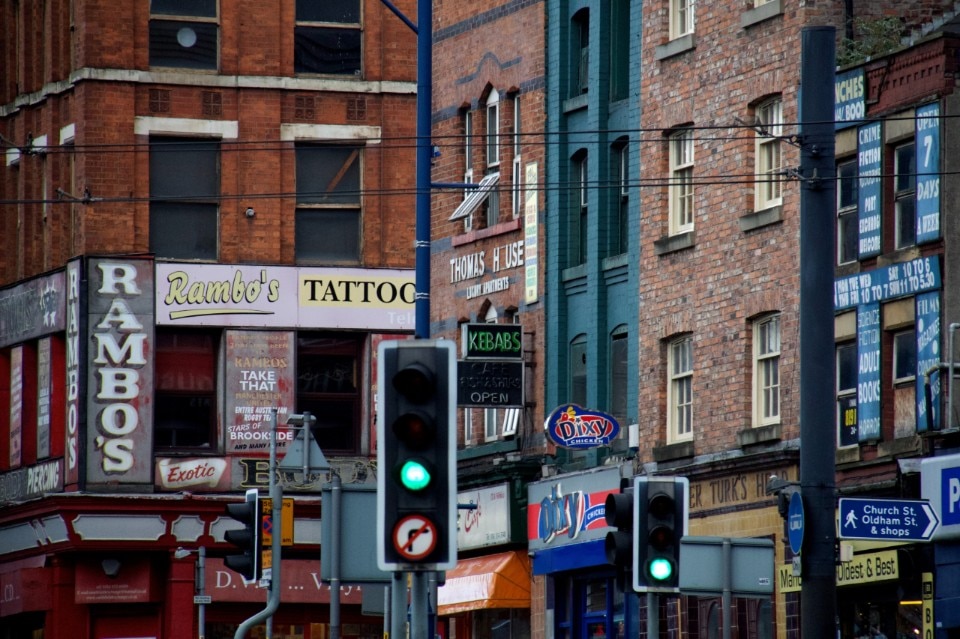The term gentrification is a neologism that entered the language in 1964 and was coined by the German Marxist sociologist Ruth Glass. Glass, who relocated to London during the 1960s, noticed a significant transformation around the city and in various neighborhoods, such as Notting Hill and Islington. These areas were gradually shedding their working-class character, becoming accessible only “to the financially fittest who can still afford to live and work there [...]. Shabby Italian restaurants became sleek espresso bars. Modest mews and cottages transformed, Cinderella-like, into elegant and expensive residences”.
But it was no fairy tale. “Once this process of ‘gentrification’ starts in a district” Glass wrote, “it goes on until all or most of the original working-class occupiers are displaced, and the whole social character of the district is changed”. Glass attributed these changes to the growing backing from the state for private real estate development, coupled with the relaxation of rent control regulations.
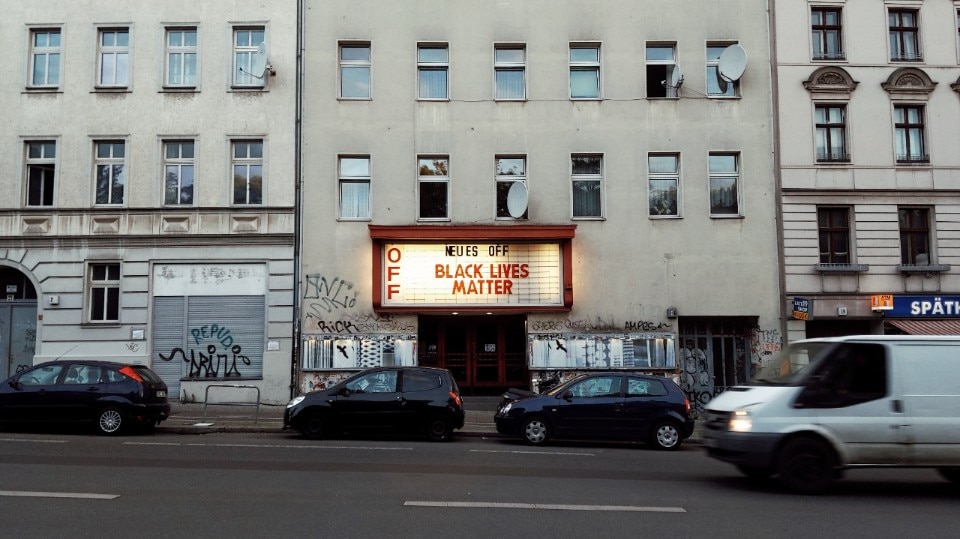
Glass documents the progressive displacement of blue-collar workers from their original neighborhoods and formulates the following definition: gentrification (derived from gentry) pertains to the gradual transformation of a working-class community, typically located in central areas that were previously neglected. This transformation involves the replacement, in terms of social classes, of the original residents. Glass articulates this concept in London Newcomers, which precedes the influential London: Aspects of Change by a few years.
“One by one, many of the working class quarters of London have been invaded by the middle-classes – upper and lower. Shabby, modest mews and cottages – two rooms up and two down – have been taken over, when their leases have expired, and have become elegant, expensive residences.”
Today, gentrification can take on very different forms. Merely examining the choices made by individual homebuyers is insufficient, although the influence of middle-class preferences and tastes remains significant in driving demand. To make a comparison, it is like when the status attributed to a certain type of car is not solely based on its economic value but also on its trendiness within our cultural group. This is the “cultural capital” that sociologist Pierre Bourdieu first wrote about in the 1980s in Forms of Capital. As a result, the traditional local store gives way to an organic grocery store, the ready-to-wear store is supplanted by one selling handmade clothing, and the neighborhood hairdresser or barber is replaced by a chain hairdresser that can also be found in Milan, New York, Tokyo (with corresponding price increases), and so on.
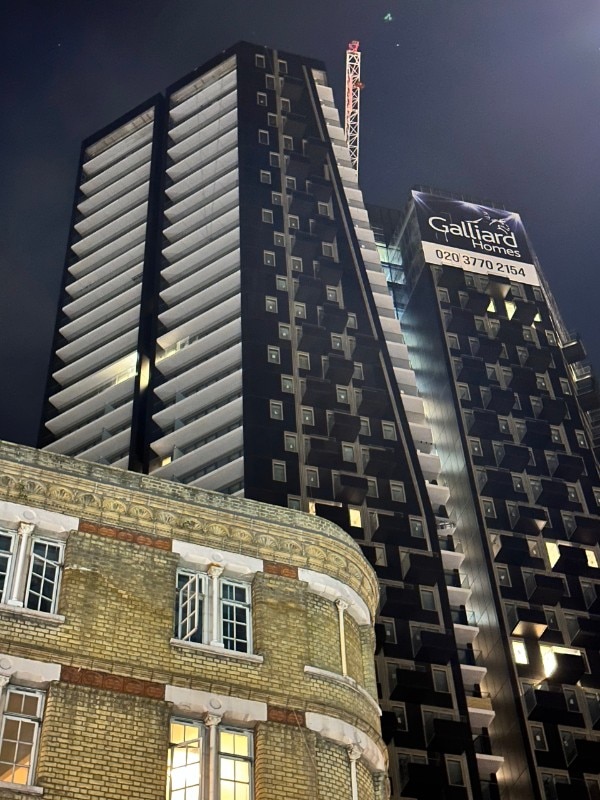
To understand such a complex phenomenon, it is crucial to shift our focus beyond individual actions or the sudden desirability of specific products (think avocado craze). Instead, we must examine the increasingly active role of governments and large corporations in promoting and economically capitalizing on gentrification. Indeed, the cultural power of individuals, or the supposed “new creative class” (as described by urban studies scholar Richard Florida in The Rise of the Creative Class), is strategically utilized by those with the concrete power to shape cities – namely, governments and major real estate investment funds. Meanwhile, real estate prices continue to soar. In Italy, for instance, this trend has been documented by the predictive algorithm of Immobiliare.it. The group analyzed the evolution of housing prices in 11 Italian cities to forecast market trends for 2022. In Milan costs are projected to rise once again. The city experienced one of the sharpest increases in Italy, estimated at +4.2 percent.
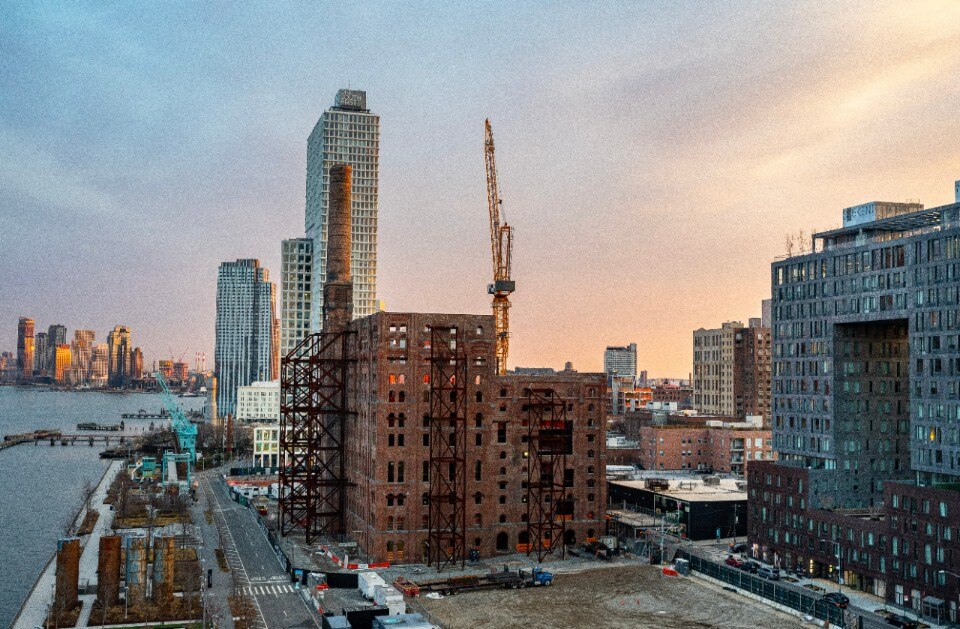
The driving force behind the ongoing allure of former working-class neighborhoods is the narrative of the “creative city” as the vibrant heart of urban centers. Interestingly, what was referred to as the bourgeoisie in Glass’s 1964 terminology, a term that may seem outdated today, is drawn to the vitality of poorer yet creative and pop neighborhoods. These areas share several common attributes worldwide: they feature a thriving high-end gastronomy scene that seamlessly blends popular cuisine with emerging food trends, and the local residents, representative of the working-class, effortlessly mingle with artists, intellectuals, journalists, and musicians.
In the end, however, the “bourgeoisie” will end up hating the very reasons they are attracted to a neighborhood. While they may appreciate the presence of clubs that are always open, they also desire tranquility at night. They want lively streets but do not want to see too many people, partly because new residents often work in creative fields and need silence and concentration. Multiethnicity captivates them but at the same time, excessive diversity scares them.
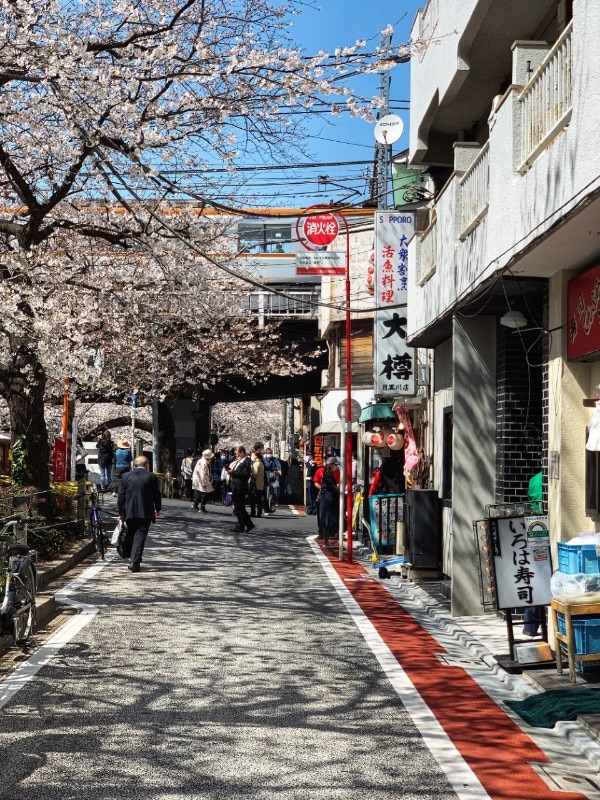
Gentrification is ultimately a great urban praying mantis: it ends up killing what it loves. The impact of gentrification on people should also be considered. As neighborhoods become less heterogeneous, less affordable, and less welcoming, even if there is no actual displacement, people may experience a sense of eroded community and neighborhood identity.
However, urban phenomena cannot be explained by a dichotomous reading. While gentrification responds to the need to make cities more livable and less degraded, it does so at the cost of eliminating the opportunities that a “poor” and popular neighborhood offers to those who live there. It’s an eternal dialectic between urban revitalization and social preservation, a delicate balance that is difficult to manage without falling into a destructive mechanism.
Cities remain livable and attractive only if they preserve a blend of informal and self-generated social interactions, which thrive in neighborhoods characterized by a dense network of human connections, craft workshops, children playing in the streets, elderly people gathering in public squares, and traditional fruit and vegetable markets instead of artificial street food vendors. Such neighborhoods also feature schools, libraries, cinemas, theaters, and local social services.
Opening image: Manchester, photo by Mihály Köles su unsplash


